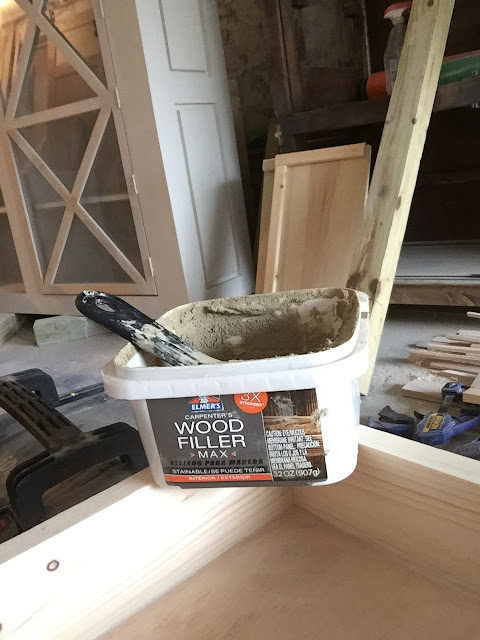One of the first tools I purchased when we moved into our home was a Dewalt 12" Miter Saw. I practiced on a ton of wood making sure that my cuts improved. A lot of beginners will make an easy and often mistake of where they place the blade in regards to their marker. This can throw off everything. Even a 1/16 of an inch can be a mistake that costs money.
The first step to making a perfect miter cut may seem like a "duh" type of thing, however, you'd be surprised how many people don't sharpen the tip of their pencil (insert teenage giggle). It can throw the cut off so make sure that you sharpen before making any markers.
When marking, make sure you are accurate with where you draw your line. It should be directly above the line on the ruler.
When you place the piece of wood on the miter, you want to make sure that your blade lines up "outside" your marker. In other words, if your dimension is 33, place the blade on the side of the marker that is greater than 33.
If you look closely at the blade, you will see smaller teeth upon the larger teeth. This will add 1/16 of an inch to your cut. Many beginners (and I did this too) will line the blade up directly with the marker making the cut short.
Making sure your blade is sharp is ridiculously important. A dull blade will still cut through the wood however it can damage the wood and you will not get a clean cut.
Before you make your cut, make sure you allow your blade time to get up to full speed. As you cut through the wood, go through slowly. This will ensure a clean cut.
If you look closely, you can see the pencil marker that I used as the guide.
















